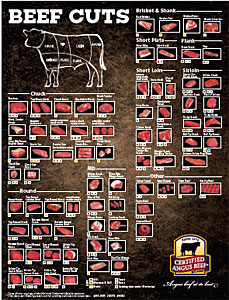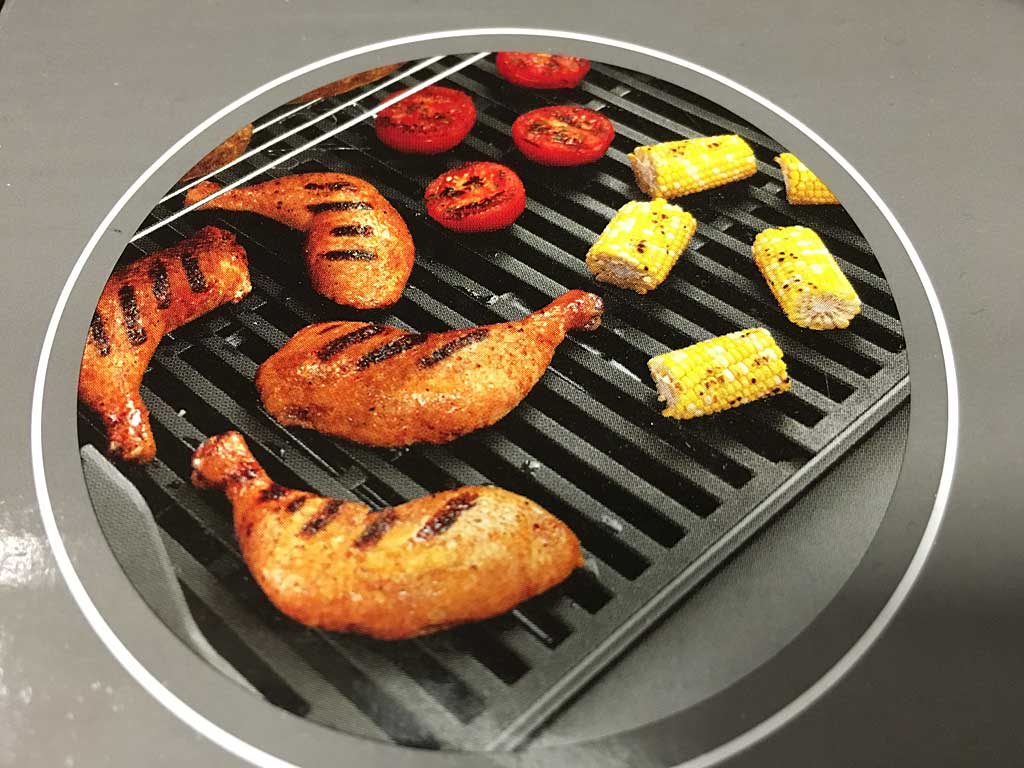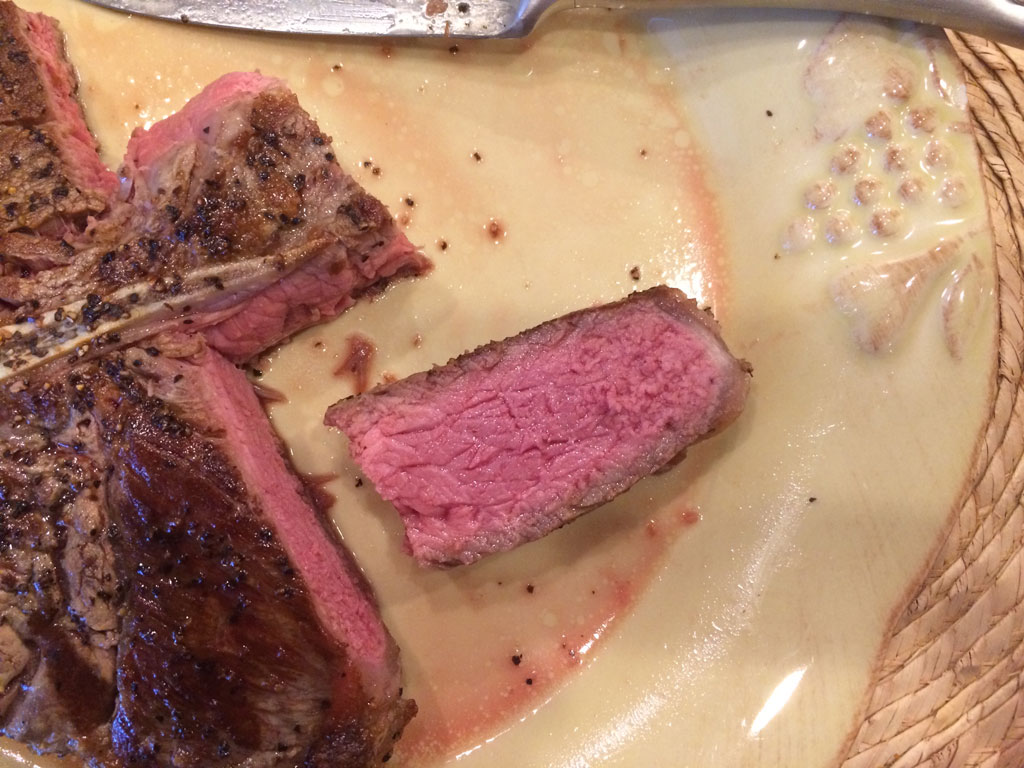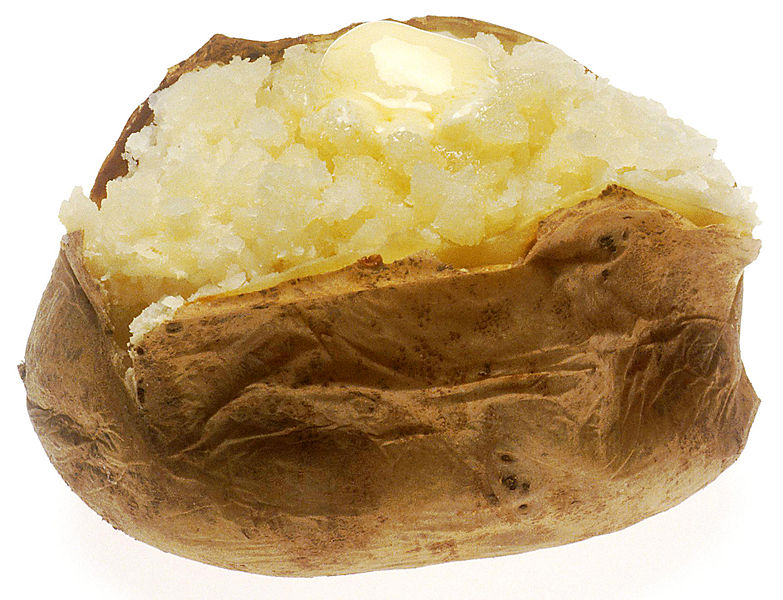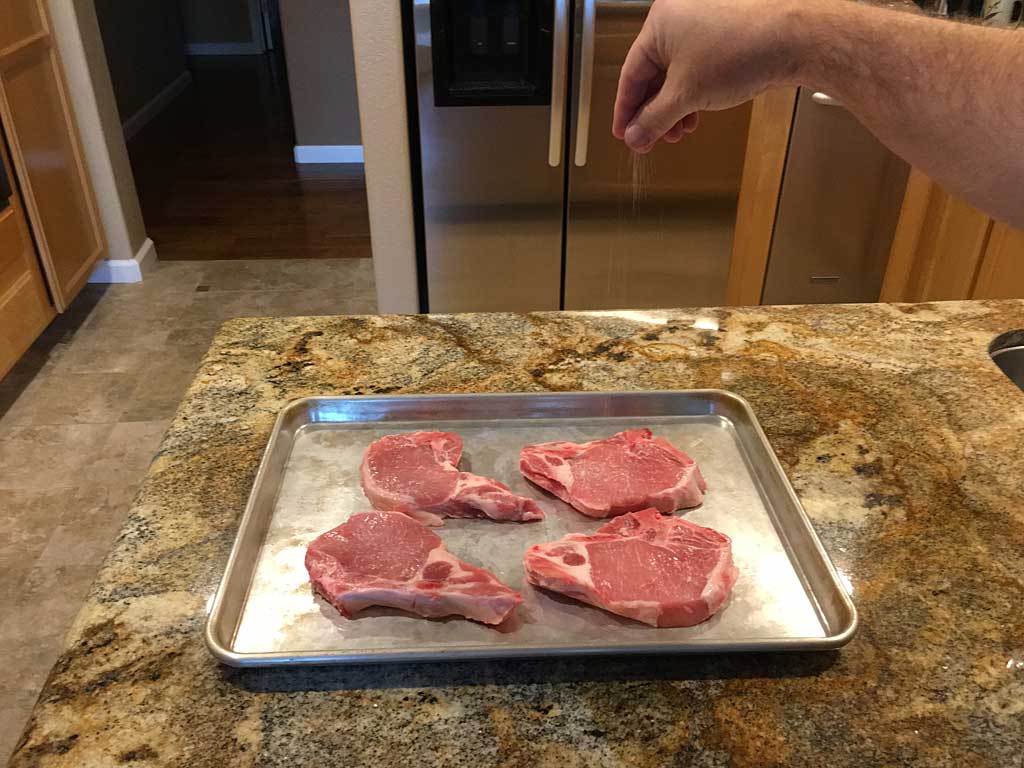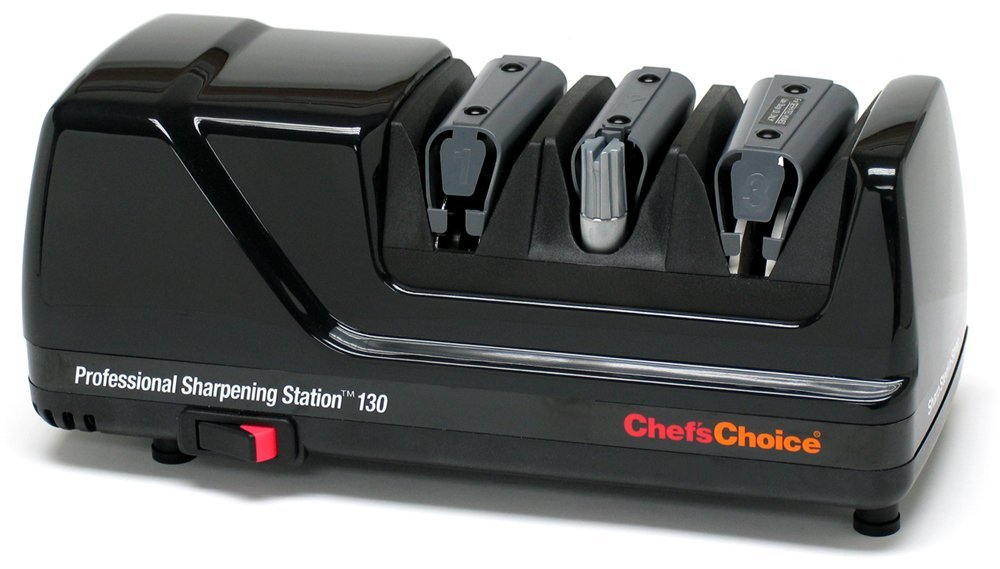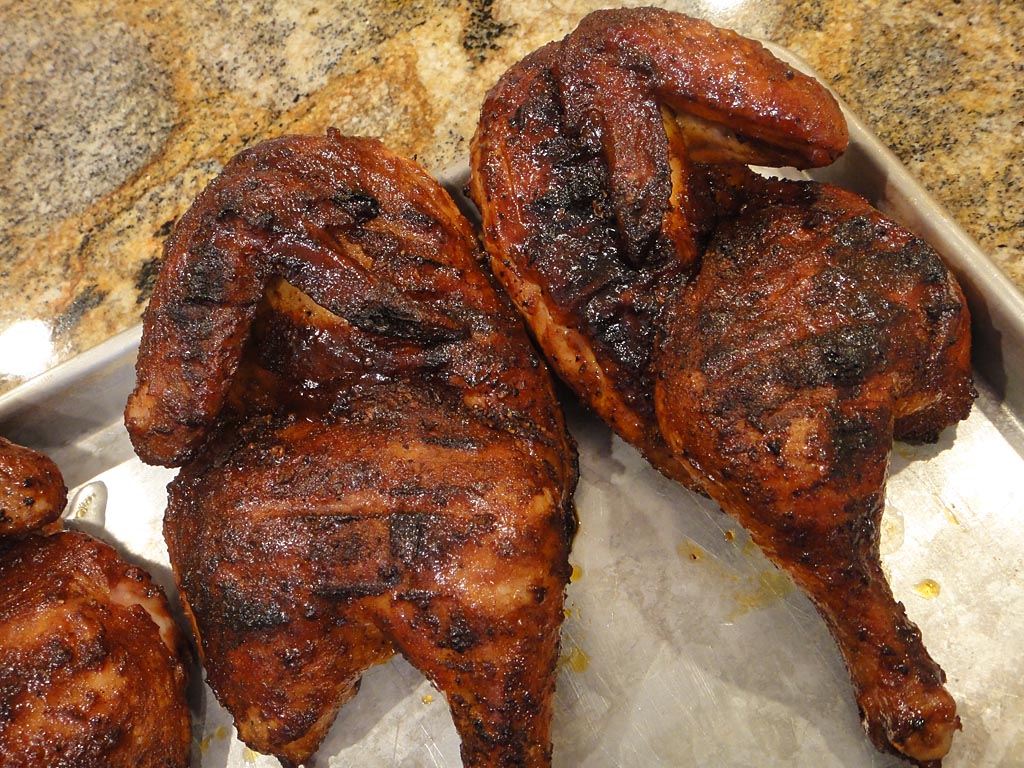Here’s a quick tip: When you purchase any herb, spice, rub or pantry ingredient and you care about the freshness of that ingredient, simply write the month/year somewhere on the bottle or package as a reminder of when you purchased it.
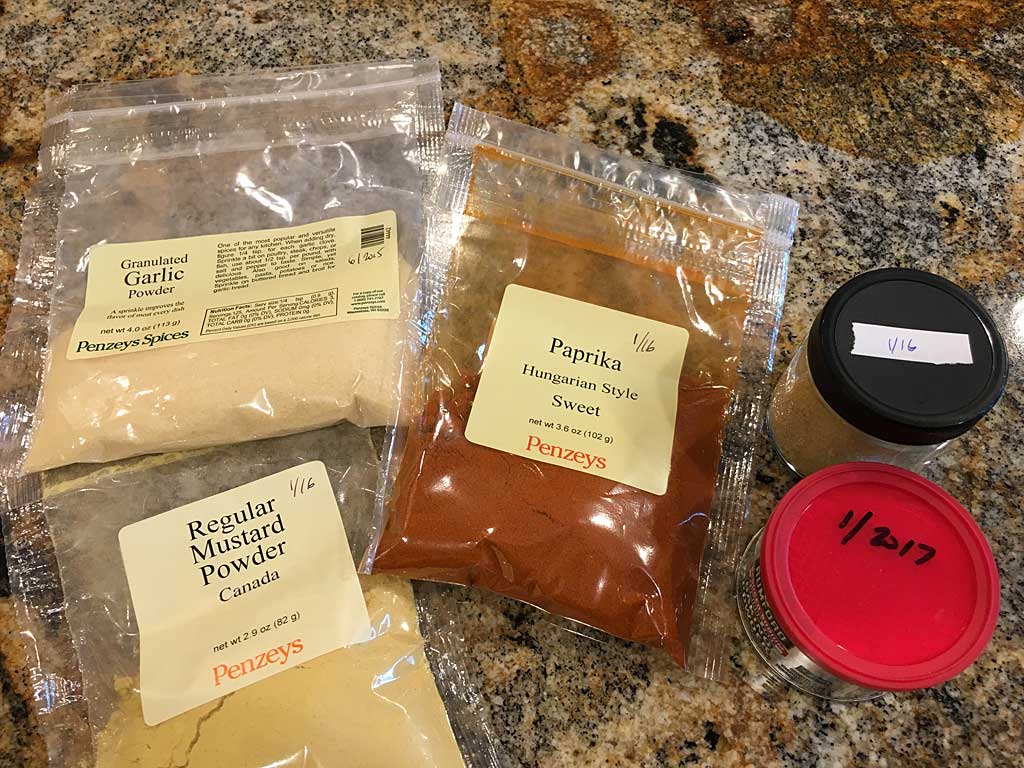
Now you can easily check any ingredient to see how old it is. I replace all my ground spices every two years; whole spices like peppercorns and nutmeg every four years. Baking ingredients like baking soda and baking powder I replace annually. Salt is the exception—it never goes bad and doesn’t need to be replaced.

If you can’t write directly on the side or lid of a container, apply a sticker to the container and write the date on the sticker.

